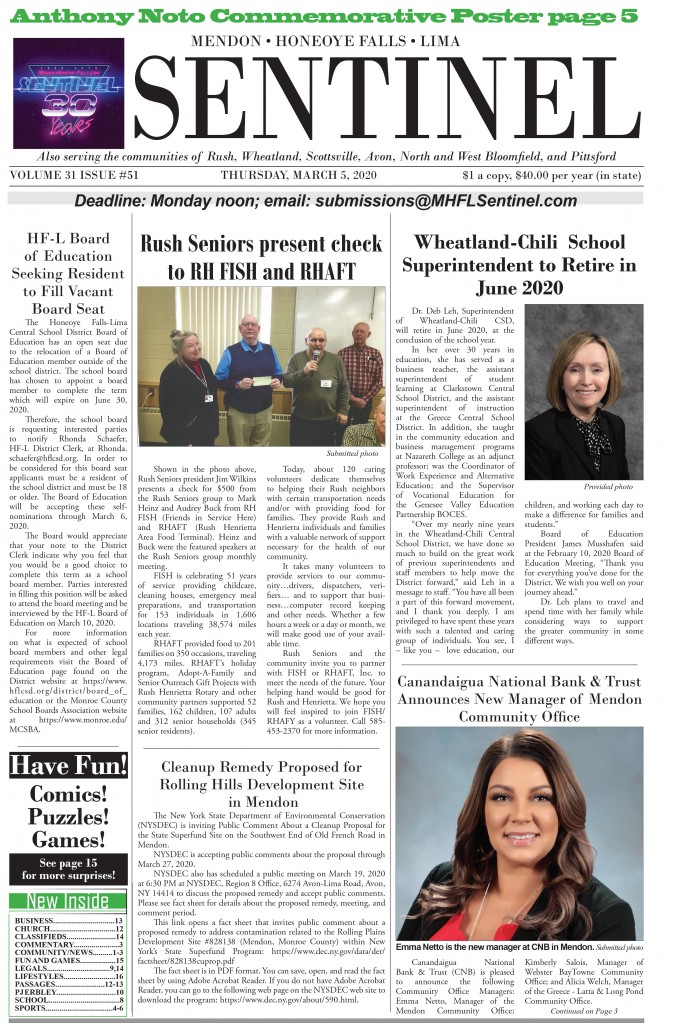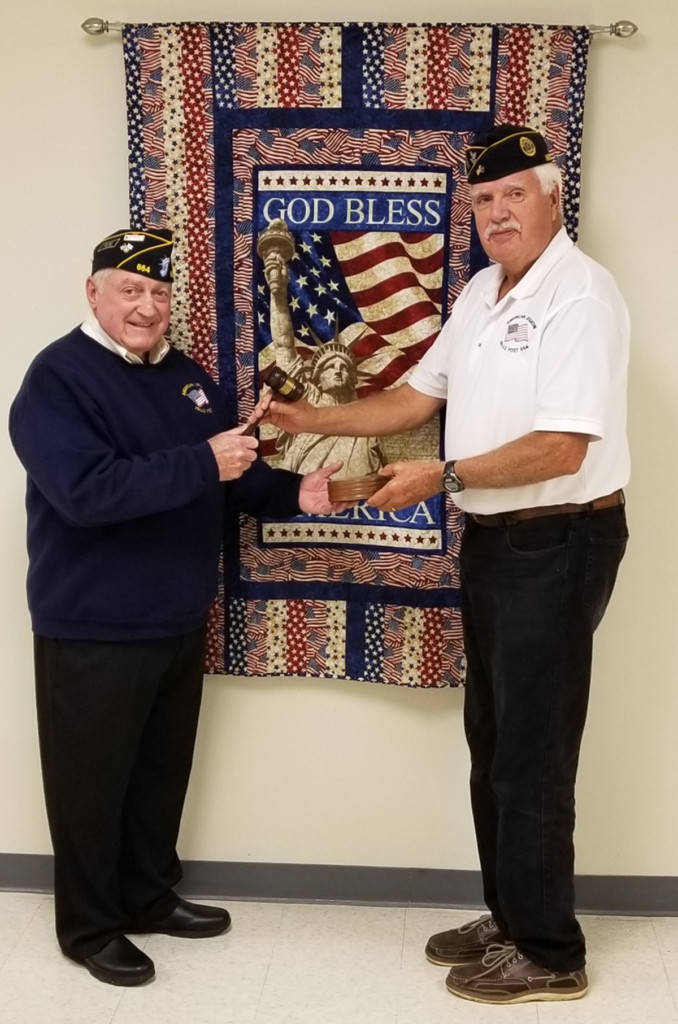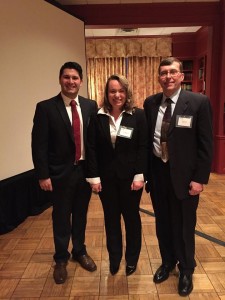BY JENNIFER CROWLEY
Every July a sign appears on Scottsville-Chili Road promoting the early August dates of the annual Clifton Fire Department Carnival. An arrow on the sign tells drivers to turn on Morgan Road to find their way to Clifton. For first timers who take the turn, they will find themselves in the quaint hamlet in only a matter of minutes.
In New York state, a hamlet is an unincorporated community that is located within a town. Hamlets do not have elected officials or school districts. Clifton, which lies a mere five miles to the northwest of Scottsville, is mostly located in the southwest corner of Chili; students attend school in the Caledonia-Mumford district. While only a few hundred residents live in the sleepy hamlet (had a railroad gone through Clifton in the 19th century as originally planned, it may have become much more densely populated but alas the route was directed through Scottsville), the community shares a rich yet largely unknown history.
Historians suggest that towns across the US named (or partially named) “Clifton” take their name from English communities, most notably, a summer resort area near Bristol known for hot mineral springs. But the hamlet wasn’t always called Clifton – prior to the 1800s the area was known as “Harmonsburg” (or perhaps “Harmon’s Mills”) in recognition of Anon Harmon who owned significant land in the area. According to local history, during this time the hamlet was nicknamed “Hardscramble” (though it isn’t clear why) and “Graball” (a popular slang term for someone who is greedy, someone who “grabs all”).
In 1850 there was discussion to close the post office in South Chili that had been serving Clifton residents in order to open one in the hamlet. Not wanting to have another post office named “Chili” due to potential confusion, the decision was made to rename the area. Mr. Harmon was involved in the decision to call the hamlet “Clifton” citing, “A pleasant sound that is both agreeable to the ear and tongue.”
Throughout the mid-19th century the newly christened Clifton was booming thanks to its geographic location near a small body of water, Blue Pond. Technically located in neighboring Wheatland, Blue Pond was named for the its rich blue color; the pond was also once heavily populated with speckled trout. The pond ultimately drains into Black Creek after passing through nearby Mill Creek. Not surprising, Mill Creek was named for the variety of mills that sat on its banks in Clifton. It is reported that at one point in time, there were three sawmills in the hamlet as well as many gristmills (for grinding grain) not to mention the other key service providers of the day – a cooper, cobbler and blacksmiths – as well as a tavern, school, farms and a fire department.
If Clifton had 15 minutes of fame, it was probably back in 1851 when resident Rawson Harmon (son of Anon) entered 35 kinds of local wheat into a competition at The Great Exhibition, an enormous international fair (held in England) that set the bar for future World Fair events. The exhibition was championed by Prince Albert and Queen Victoria who believed that this world stage would give Britain proper recognition as a technology leader. One of the entered wheat varieties – interestingly the one ground by father Anon – won first place. At the time Anon’s mill was four stories in height and boasted a 22 foot waterfall (this would eventually burn to the ground and be replaced by apartments). The millstone that ground the winning wheat remains on display in the hamlet and rumor has it that after tasting desserts made with the Harmon wheat, Queen Victoria demanded it be used in all of the palace’s baked goods.
These days it is the annual fireman’s parade and carnival that Clifton is probably most well-known for. Last month’s parade included trucks and squads from departments all over Monroe County and was surprisingly long since as many residents say, it’s easy to blink and miss the hamlet altogether. The modern-day Clifton Fire Department was incorporated in 1934. It is believed that the first carnival was held in 1936 raising an impressive $180.00, enabling the young department to purchase hoses and tanks.
Today the Clifton Fire Department is staffed by about 40 volunteers. The squad provides fire protection, emergency medical services, and rescue services for the southern part of Chili and the southeast part of Riga. The annual carnival is still a significant source of fundraising for the department as it is for other volunteer units in the county. However for anyone familiar with local carnivals that include a fairway with rides – think Hilton, Spencerport and Rush – the Clifton event is quite different. While the food options are typical (and delicious) carnival fare – clams, burgers, popcorn, homemade desserts, and a beer tent – there are no rides and the games are highly unique to say the least. From “The Rat Game” which yes uses a live rat to help choose winners, to other games which offer handmade stuffed animals and freshly grown vegetables as prizes, the carnival is very unique in these modern times to say the least.
As for what else is happening in Clifton these days, there is the Mill Creek Golf Course which is known for its Friday night fish fry dinners. Other than that, it is a quiet community in which many current residents are descendants of those that settled the area back in the 1800s. In fact these words of a “Mrs. Emens” written in 1972 still ring quite true today:
“Clifton will never become a ghost town as so many small towns do. The closeness and cooperation are too deeply ingrained for these people to ever allow Clifton to disappear from the face of the earth.”
The next Clifton Fire Department Carnival will be held the first weekend of August, 2019. The next fundraiser for the Department is a Turkey Raffle which will be held November 10th at the firehall (53 Wheatland Center Road).








